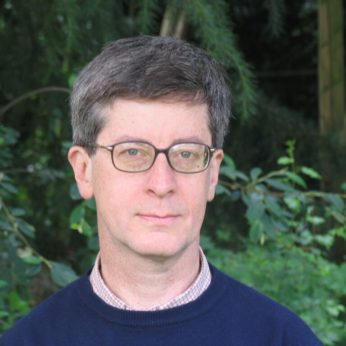Composer: Benjamin Britten (b. 1913 - d. 1976)
Performance date: 01/07/2015
Venue: St. Brendan’s Church
Composition Year: 1929
Duration: 00:14:15
Recording Engineer: Richard McCullough, RTÉ lyric fm
Instrumentation Category:Small Mixed Ensemble
Instrumentation Other: ob, vn, va,vc
Artists:
Kim Vaughan -
[cello]
Zara Benyounes -
[violin]
Sara Roberts -
[viola]
Gareth Hulse -
[oboe]

In this brief astonishing work, the nineteen year
old Benjamin Britten packs as much variation of colour, tone and emotion as in
many pieces twice as long. It was written while he studied at the Royal College
of Music where there were a number prizes available for new compositions. Britten
sensibly enough entered new works for several of these.
The Cobbett Prize for Chamber Music was one of the
most prestigious. It was for a chamber work in one movement about 12 minutes
long. It was to be in “fantasy” form a reference to the English 17th century
tradition of “fancies” or “fantasies” or “fantasias”. Cobbett, who was an ardent admirer of chamber
music, hoped that his prize would stimulate English chamber music in a
traditional form. To some extent it did. Arnold Bax,
and Ralph Vaughn Williams as well as Benjamin Britten were all winners.
Britten’s first submission to this prize was a
Fantasy String Quintet which won in 1932. His second was the Fantasy Oboe Quartet
Opus 2 which did not win the following year. The Oboe Quartet was dedicated to Leon
Goossens and, despite not winning the Cobbett prize, was performed on BBC radio,
when it was well received and later accepted by the prestigious International
Society of Contemporary Music for its festival in
began to establish an international reputation.
In this work Britten turns to the English pastoral
tradition, however this does not mean he ignores structural considerations. The
quartet begins with a march, followed by a faster passage. The core of the work
is the central slow section which becomes agitated at times. The work ends in
reverse order to the beginning with a fast section followed by the opening
march.
The role of the oboe varies throughout. For several
passages it is silent, sometimes it carries the tune while the string
instruments provide accompaniment often using pizzicato strings, sometimes
all four instruments play together as in a genuine chamber work. The opening
bar is itself silent (don’t miss it). Out of the silence comes the cello very
quietly playing the first notes of a lopsided, syncopated, playfully sinister
march. Eventually the oboe enters very quietly playing the main pastoral theme.
This is repeated and the music rises to a climax where the oboe plays a rapid
upward scale over shimmering strings.
There follows an allegro where, after the delayed entry of the oboe, all four
instruments make equal contributions. This serves as a second subject and, as
in traditional sonata form, moves into a development section where the main
theme is developed by all four instruments. After reaching another climax there
is a linking passage into the slow section. This is beautifully calm. At first the three string instruments play
without the oboe. The music becomes more animated until the oboe enters and the
calm returns. In the Finale, the
second subject material is briefly repeated before the strings take up the
opening disjointed march while the oboe repeats the main theme. The music
becomes quieter and until only the cello is left playing the opening notes of
the quartet in (nearly) reverse order. Whether this remarkable work ends, as it
began, with a complete bar of silence is left entirely to the audience.
Copyright © 2025 West Cork Music. All rights reserved.
Designed and developed by Matrix Internet